16 Mars 2014 Dimanche (Sunday)
31 F, Snow
14 mph NNE wind
Snow. Four days until the arrival of spring and winter is reluctant to release its grip in the Illinois country. We continue to endure the temperature extremes with accompanying precipitation and await a steadier course of warm weather truly heralding the change of seasons. Late winter has offered a limited number of days suitable for work in the garden and just as one despairs of the weather, welcome news arrives lifting one’s spirits.
First, the glad tidings. This year marks the fifth season of the Fort de Chartres Heirloom Garden project. I am very thankful for the support of fort staff, Les Amis de Fort de Chartres (The Friends of Fort de Chartres), friends, and visitors who have shared in the eighteenth-century French-colonial garden adventure.  In celebration of this milestone, I applied for a Kitchen Gardeners International grant on behalf of the Fort’s l’habitant jardin potager under the sponsorship of the Save American History organization. Notification has just arrived that the Fort garden project has been awarded a $500 grant from KGI’s nonprofit community of over 30,000 people who are growing some of their own food and helping others to do the same. The Sow It Forward grant program received 910 applications from 24 countries and 160 grants were awarded. We are extremely thankful to be chosen for this grant and promise to continue sharing heirloom seeds, education, and enthusiasm with visitors to the Fort de Chartres jardin potager. In addition, Les Amis de Fort de Chartres and Save Illinois History organizations are matching the grant amount which will enable the garden to expand, repair, and further the garden project and its outreach to those interested in history and gardening. These organizations have given wonderful patronage to Fort de Chartres, and we are appreciative to be included in their support. Merci.
In celebration of this milestone, I applied for a Kitchen Gardeners International grant on behalf of the Fort’s l’habitant jardin potager under the sponsorship of the Save American History organization. Notification has just arrived that the Fort garden project has been awarded a $500 grant from KGI’s nonprofit community of over 30,000 people who are growing some of their own food and helping others to do the same. The Sow It Forward grant program received 910 applications from 24 countries and 160 grants were awarded. We are extremely thankful to be chosen for this grant and promise to continue sharing heirloom seeds, education, and enthusiasm with visitors to the Fort de Chartres jardin potager. In addition, Les Amis de Fort de Chartres and Save Illinois History organizations are matching the grant amount which will enable the garden to expand, repair, and further the garden project and its outreach to those interested in history and gardening. These organizations have given wonderful patronage to Fort de Chartres, and we are appreciative to be included in their support. Merci.
Returning to the needs of le jardin, work has begun in earnest, despite the uncertain weather. Late February’s annual garden weekend at Fort de Chartres was spent in great companionship and weather with my husband Nick, mes amis Toni, John, Renea, and Cecelia. Time in the garden involved weeding and clearing beds, pruning fruit trees, and late winter plantings of late heirloom Monstrueux de Viroflay spinach, Long Scarlet radish, and French fields poppies. Sample heirloom seed packets and information were shared with the weekend’s travelers to the fort and a few visitors even chipped in by weeding and clearing beds-wonderful fun and a much needed respite from the sévérité of winter.
And in parting, soon the time will arrive for the annual Fort de Chartres April Colonial Trade Faire Musket and Rifle Frolic -April 4, 5, and 6. Mark it on your calendar and we hope to visit with you then!
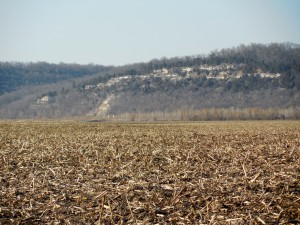
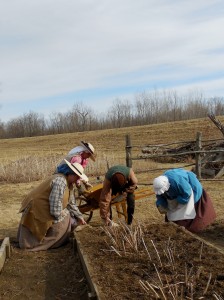
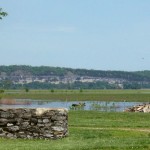
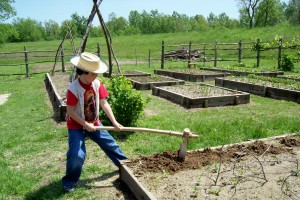
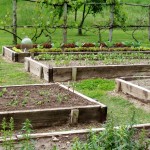
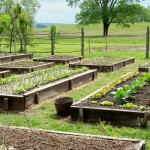
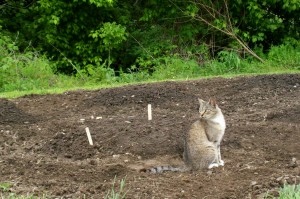
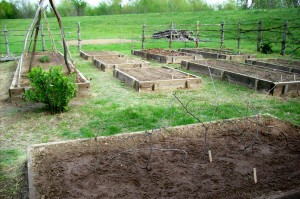
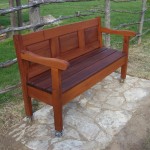
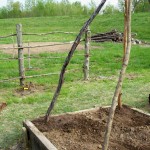
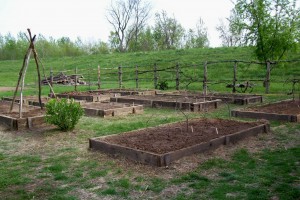
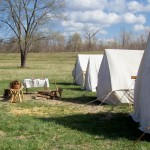
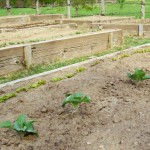
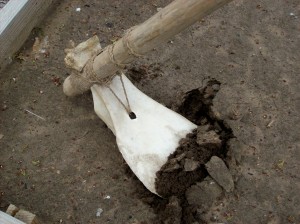
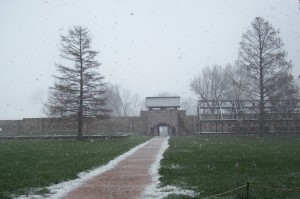
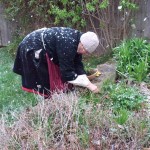
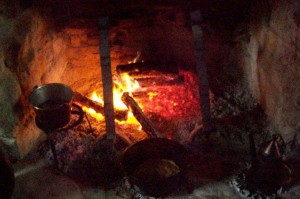
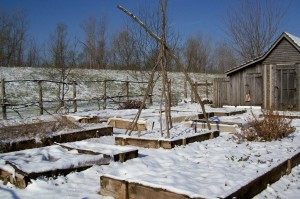
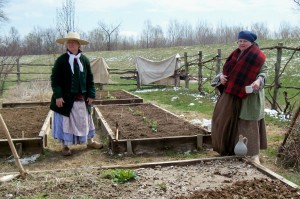
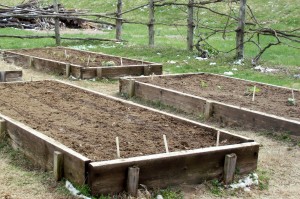
Recent Comments